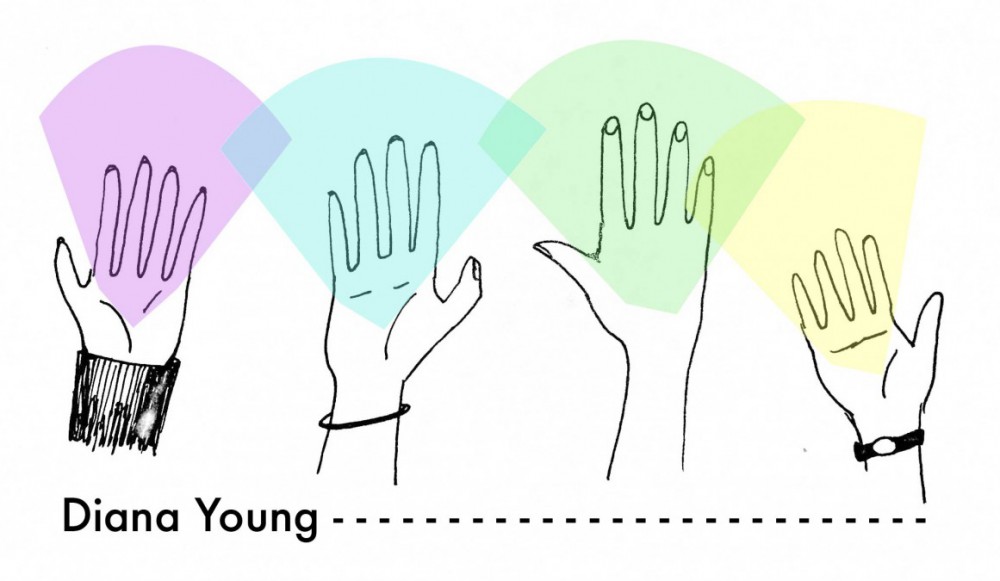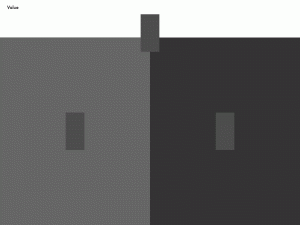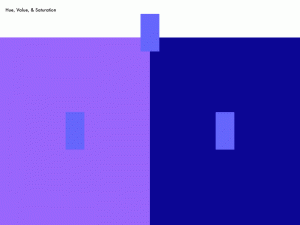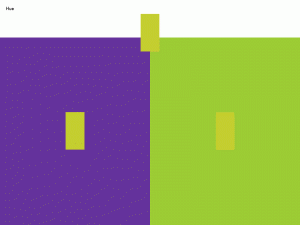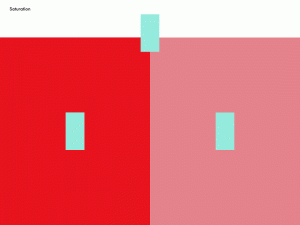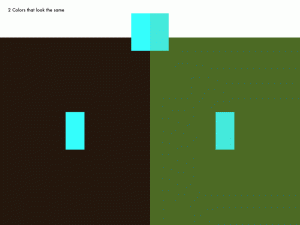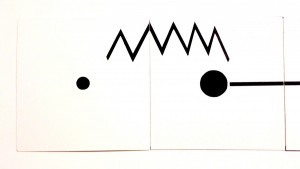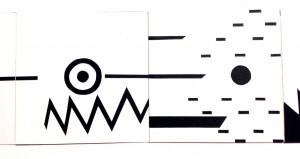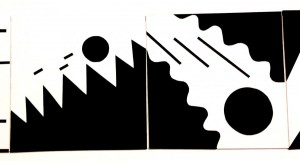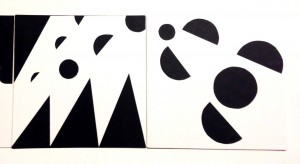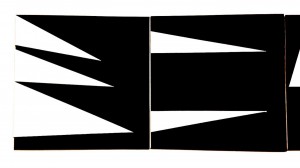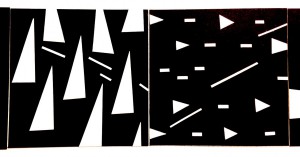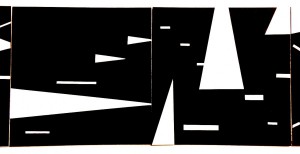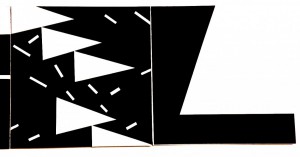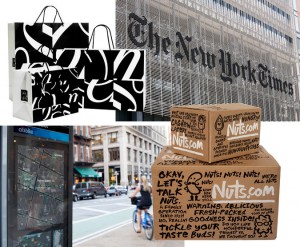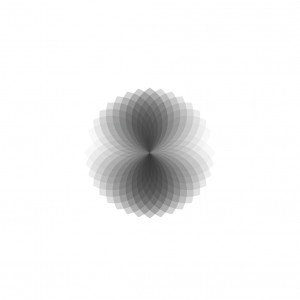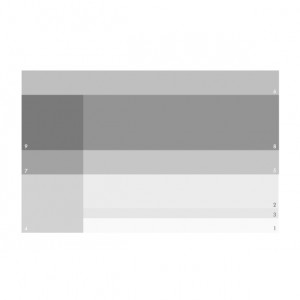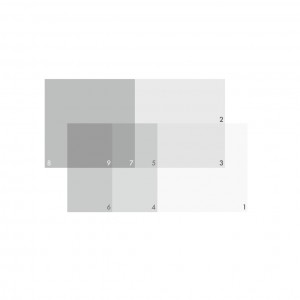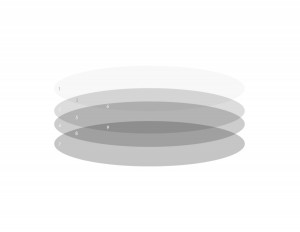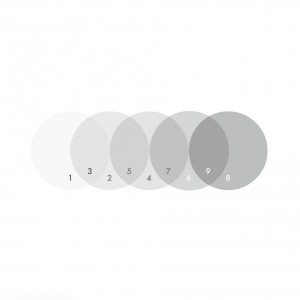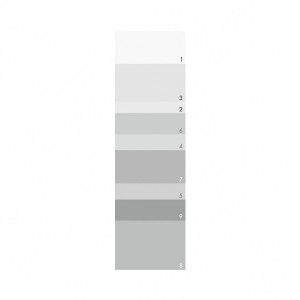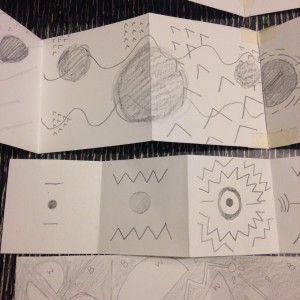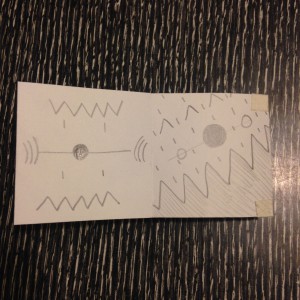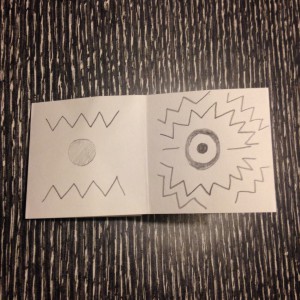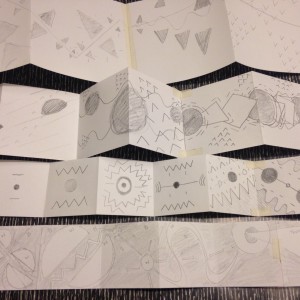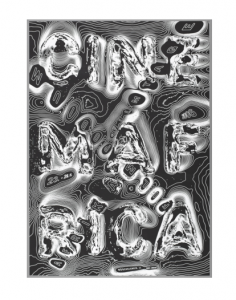 CINEMA AFRIKA FILMTAGE (AFRICAN FILM FESTIVAL), POSTER CREATED BY RALPH SCHRAIVOGEL, 2006
CINEMA AFRIKA FILMTAGE (AFRICAN FILM FESTIVAL), POSTER CREATED BY RALPH SCHRAIVOGEL, 2006
“Ralph Schraivogel, a Swiss graphic designer, is known for his astonishing posters for cultural institutions, each one resulting from intensive visual exploration. The linear patterns that radiate from the words “Cinema Afrika” resemble topographic lines on a map. Concentric lines engulf this edgeless, borderless landscape, leaving planes and boundaries uncertain.”(collection.cooperhewitt.org)
This poster is successful in captivating the viewers eye. One could enjoy it’s graphic, map like quality or meditate on its message.
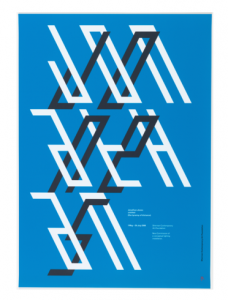
JONATHAN JONES: UNTITLED (THE TYRANNY OF DISTANCE), POSTER, 2008
This poster was designed by Mark Gowing and for the client Sherman Comtemporary Art Foundation in 2008 for the Australian artist Jonathan Jones. Jone’s installation titled UNTITLED (The Tyranny of Distance) consisted of “six free standing walls have been covered in blue tarpaulin and glow with filtered light from fluorescent tubes articulated in a continuous chevron design. The chevrons are derived from elements of traditional Koori (South Eastern Aboriginal) line work and resonate with Western minimalism.”
Jones installations exudes the attitudes of post-colonial art, by reflecting on indigenous culture of his country and translating it into modern materials. I think the graphic designer achieved the perfect poster for the artist’s exhibition without it being literal.
Here’s a link to the exhibition.
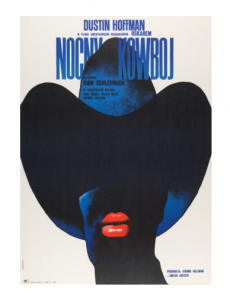 NOCNY KOWBOJ (MIDNIGHT COWBOY) POSTER, 1973
NOCNY KOWBOJ (MIDNIGHT COWBOY) POSTER, 1973
“Under the communist regime in Poland, many artists turned to creative expression via the medium of the poster. The state did not control the visual content of posters as they were typically used to promote cultural events and were therefore not considered advertisements or political propaganda. Waldemar Swierzy’s use of abstract imagery in his movie posters, like this one for the Polish release of American director John Schlesinger’s film “Midnight Cowboy,” took advantage of a greater freedom to communicate potentially controversial topics; in this instance, male prostitution.” (collection.cooperhewitt.org)
This poster and the history behind it inspires me to look into more polish posters from this time. The American version of the poster is only a picture of Dustin Hoffman and Jon Vioght looking rough on a littered street, it’s not as clear or foreshadow what the movie is about as this Polish version.

POINTS OF A LINE, A FILM BY SARAH MORRIS, POSTER, 2010
Sarah Morris is s a painter and filmmaker who’s influence and subject is architecture. “She comes to architecture, her primary subject, less from the aesthetic standpoint one might expect and more from a psychological and political perspective; her work subtly mines architecture’s inextricable links to power—to corporations and governments, not to mention the inevitably enormous egos behind its creation in the first place.” (http://www.architecturaldigest.com/)
In Points of a Line, Morris’ art film focuses on The Farnsworth House, Plano, Illinois and the Glass House, New Canaan, Connecticut.
I like this poster as it is, but after researching what the film and the Artist are about, I don’t think it’s appropriate. It feels like the graphic designer did what they wanted without even caring to interpret what the film was actually about. Here’s a link to the video on vimeo.
